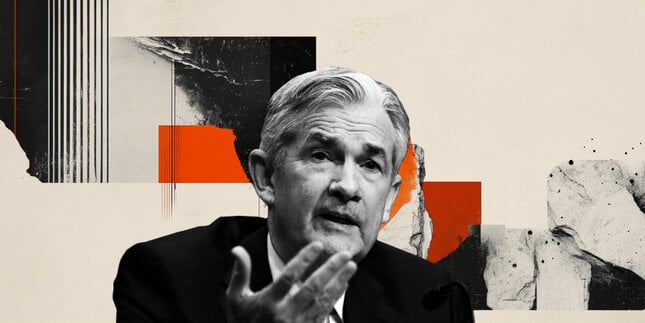The FED will likely refrain from announcing a rate hike this week, and market is not expecting any explicit change in the wording of the statement. If it does, however, will be increasing the chances of a September lift-off which should trigger a strong USD rally.
The wording will be the key, mostly to determinate the timing of a rate hike, as there's no doubt the Central Bank will start tightening this year. A more constructive assessment of the economy, particularly focused on employment and inflation, is what investors are looking for to resume dollar's buying. However, and despite a change in wording, the FED will likely reiterate its stance that the upcoming rate hike will be data dependent. In general, the macroeconomic data has surprised to the upside in the recent weeks, with core CPI inflation up to 1.8% in June, better-than-expected Durable Goods Orders, and up ticking Retail Sales, so if there are changes, should be probably hawkish.
In its latest testimony before the Congress, Janet Yellen said that " "The Committee will determine the timing of the initial increase in the federal funds rate on a meeting-by-meeting basis, depending on its assessment of realized and expected progress toward its objectives of maximum employment and 2 percent inflation." Also, she had said earlier this year that, it could happen in any meeting, and not only the ones with a press conference scheduled. Nevertheless, the general market sense is that this month meeting will bring no clarity on a date for a rate hike, and will mostly be a non-event, which may have a limited negative effect on the greenback, as it would be in line with market's expectations.
Anyway, the Federal Reserve is getting close to raising interest rates for the first time in nearly a decade, in between September and December. As closer the date, the stronger the greenback. Should the FED express some concerns over still weak wages, the market will price in a rate hike in December, which means the Central Bank won't be able to made the two rate hikes this year that many officers have been anticipating lately, and therefore, the dollar may come under selling pressure particularly against the Pound.
But in the long run, the US is still the one Central Bank that's in the path of tightening its economic policy, followed close by the BOE, and unless data begins to steadily disappoint, long term dollar bears will remain sidelined.
Recommended Content
Editors’ Picks

AUD/USD weighed down by China, tariffs
AUD/USD remained on the back foot, slipping back to the area of multi-year lows around 0.5950 on the back of mounting fears surrounding tariffs and their impact on the Chinese economy.

EUR/USD refocuses on 1.1000 amid tariffs jitters
EUR/USD reversed two daily pullbacks in a row an d managed to advance to the boundaries of the 1.1000 barrier on the back of fresh weakness hurting the US Dollar and persistent tariff fears.

Gold erases gains, back to the $2,980 zone
Gold prices now lose extra ground and slip back to the area of daily troughs near $2,980 mark per troy ounce following an unsuccesful attempt to maintain the trade above the critical $3,000 level earlier in the day.

RBNZ set for another interest rate cut amid trade tariff uncertainty
The Reserve Bank of New Zealand is on track to deliver a 25 basis point cut to the Official Cash Rate, bringing down the key policy rate from 3.75% to 3.50% following its April monetary policy meeting on Wednesday.

The Fed is looking at a hefty price level
We are still in thrall to tariffs, the faux-macro “data” driving markets. The WSJ editorial board advised other countries to take their tariffs to zero so that Trump’s “reciprocal” tariffs will have to be zero, too. Cute, but no cigar.

The Best brokers to trade EUR/USD
SPONSORED Discover the top brokers for trading EUR/USD in 2025. Our list features brokers with competitive spreads, fast execution, and powerful platforms. Whether you're a beginner or an expert, find the right partner to navigate the dynamic Forex market.